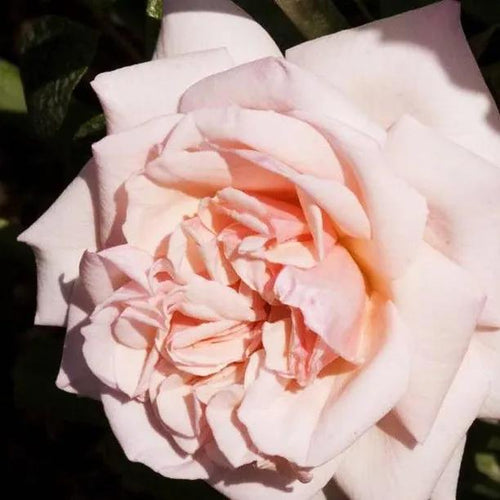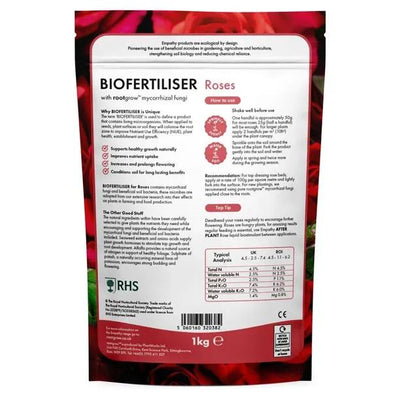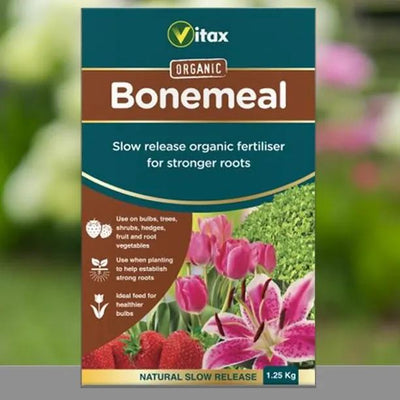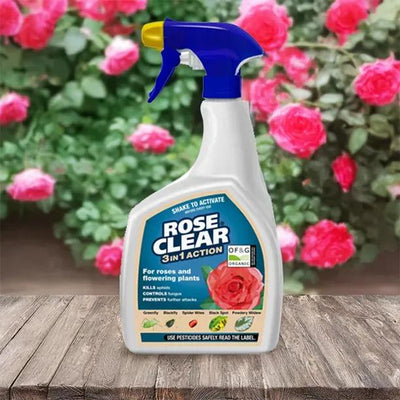Crème de la Crème Rose Bushes
Creme de la Creme is a heavenly climbing rose smothered in beautiful cream-coloured blooms all summer long. The cup-shaped flowers are large and full, a richer golden yellow at the centre, with pretty golden stamens visible when fully open. They open from elegantly pointed Hybrid Tea-shaped buds and are great for vases indoors. The perfume is gorgeous too: strong, sweet and heady. The foliage is glossy and healthy-looking, and shows good disease-resistance. It's a medium climber, reaching around 4-5m in height, so the perfect choice for covering a pergola, rose arch or growing around a front door.
Browse our full range of roses.
Features
- Group: Climber
- Colour: Pale creamy yellow
- Height: 4.5m
- Scent: Strong, sweet
- Flowering: repeat flowering from June to November
- Size: 10cm
- Glossy leaves, good disease resistance
Growing Creme de la Creme Roses
Plant in fertile, rich soil, in full sun or part shade, so east, west or south facing. Mulch in spring with garden compost or manure, feed the growing season. Do not allow to dry out. Prune in late winter/early spring.
Garden Design Ideas
After time, all climbing roses tend to thin out a bit at the base, the flowers congregating towards the middle and top of the stems, so it's a good idea to plant something near the base of the rose that will fill this gap, amuse the eye and 'anchor' your rose.
Hardy geraniums have long been favoured for this purpose, as they're colourful, long-flowering and come in a pleasing palette of colours. They also tend to spread out nicely, so a couple planted either side of the rose needn't compete directly for nutrients and water. Purple-blue Rozanne is always a winner as it flowers for so long, plus purple and cream look fab together. Catmint is another good choice, which will create fulsome drifts of bee-covered blue haze.
There's no reason why you couldn't thread another climber through this rose. Clematis are wonderful for this. Pick one in a complementary or contrasting tone that will flower simultaneously.
History & Trivia
This modern climber was introduced in 1998, bred by Douglas Gandy in Leicestershire. Its parents are Morgengruss, a sublime salmon pink/apricot cluster-flowered climber and Whisky Mac, a hybrid tea with big apricot-orange flowers and great perfume.
Gandy's was founded in the 1920s, and was a huge success by the Second World War, at which point Douglas Gandy was ordered to sell up for the war effort. Clearly not one for rules, he was soon reported to the authorities for growing strawberries and quickly told to replace them with cabbages or face a prison sentence.
Cream roses are said to symbolise charm and thoughtfulness, so they make the perfect gift.
Creme de la Creme is popular with florists for its long-lasting, prettily coloured blooms and strong, straight stems.
Ornamental roses have been cultivated for thousands of years. Most species are native to Asia, others to North America and a few to Europe and northwest Africa. The genus Rosa contains around 100 species and, today, thousands of cultivars.

 Secure, One-Tap Checkout
Secure, One-Tap Checkout
 Hand Picked, Delivered to Your Door!
Hand Picked, Delivered to Your Door! 1 Year Bareroot Guarantee
1 Year Bareroot Guarantee





